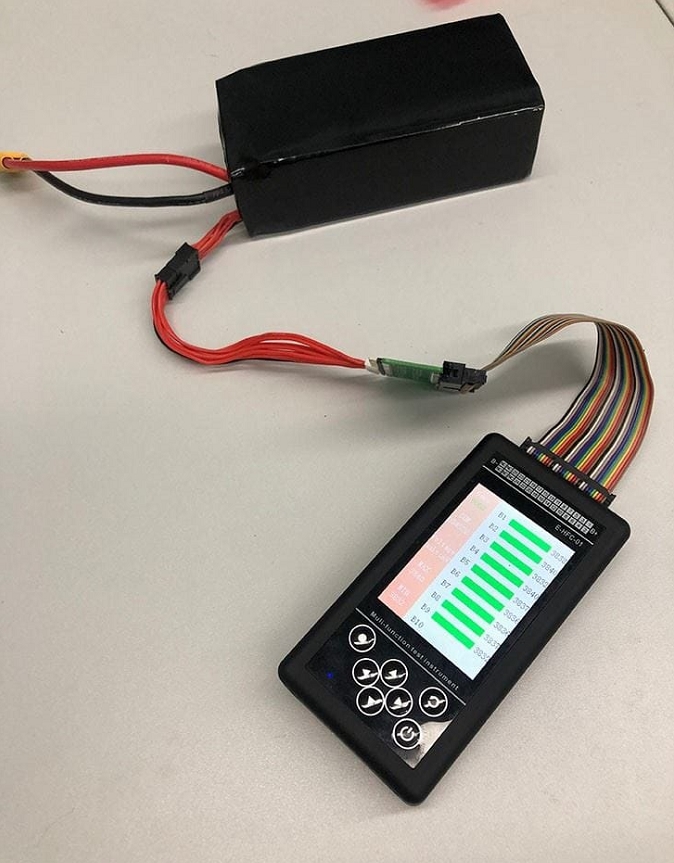- 06
- Dec
Introduce the secrets of lithium battery aging in detail
The secret of Battery aging
Battery range has always been a concern for researchers, because no matter how big the battery is, it does not make sense not to charge it multiple times. We all know that lithium batteries will reduce the capacity during use, but no one knows the reason. Recently, the US Department of Energy discovered the cause of battery aging: nano-scale crystals.
Researchers have carefully studied the cathode materials and cathode materials of modern batteries, and found that these materials will corrode directly during use, but the corrosion mechanism is still unclear. The Brookhaven National Laboratory team studied high-quality nickel-oxygen cathodes under a transmission electron microscope and recorded their changes during repeated charging and discharging.
The more you use, the less you use
Experiments have shown that when lithium ions pass through the positive and negative electrodes, they will get stuck in the ion channel and react with nickel oxide to form tiny crystals. These crystals will change the internal structure of the battery so that other ions cannot react effectively, thereby reducing the battery’s usable capacity. Surprisingly, this weakness is random, not regular.

The reason why lithium batteries are imperfect is that their components are imperfect. No matter how we pay attention to the structure of the anode and cathode, there will be slight crystal damage. Just like boiling water, an uneven surface makes hot water more likely to foam. It is believed that when there is a gap in battery data, nanocrystals will appear.
The more you use, the less you use
Left arrow: lithium ion channel; the right is the atomic loss layer
The US Energy Agency also launched a second study on the impact of charging speed on battery capacity. They found that modern batteries are getting smaller and smaller, which in turn reduces their lifespan. The larger the battery and the faster it is charged, the slower the rate of nanocrystal formation.
So, how can we stop the appearance of nanocrystals? At least let it slow down. There is a theoretical solution. The researchers found that by using atomic deposition, they can fill in the gaps in battery data, which can at least slow the development of nanocrystals. This reduces the pain, but at least allows the battery to shrink without sacrificing capacity. Of course, researchers are also studying ways to break crystals and regenerate old batteries.
This research may be more valuable than the new battery capacity. For hardware, the life of the product depends on the number of charging and discharging. Now, because the power system used by many hardware cannot be shut down, this research can help us stop being slaves to power.
此 原文 有关 的 信息 要 要 查看 其他 翻译 , 您 您 必须 输入 原文
